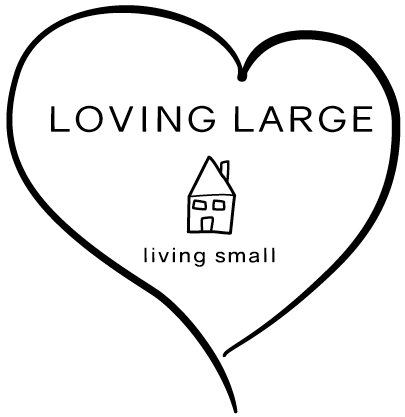“Thousands have lived without love, not one without water” – W.H. Auden
It may have been a simple and well researched decision, but it was also expensive, time consuming, and challenging. Still, we are confident we made the right one – to install compost toilets. As a matter of clarification before we move on, they do not compost anything, they simply collect waste so that it may be composted.
If you’ve made it this far, then you are ok talking about toilets and what they are used for, so let’s move on. There are several reasons we moved to no flush toilets, but the primary one was definitely based on the fact that we could no longer in good conscience, flush clean drinking water down the toilet. It just makes no sense, and even if it did, we simply must find alternatives to flushing, because water supplies are not endless.
Globally, according to the World Wildlife Fund (WWF), “1.1 billion people lack access to water and 2.7 billion experience water scarcity at least one month a year. By 2025, two thirds of the world’s population may be facing water shortages.” Sit with that for a moment, that’s three years from now!
From a more local perspective, on September 15th of just last year, the residents of Shoal Lake 40 First Nation, were able to drink clean tap water for the first time in 24 years, and that’s in Canada. How did we ever allow that to happen and then to continue to happen for so long? And many more of our First Nation communities are still under boil water advisories.
So, consider yourself luckier than many if you have accessible clean drinking water, and then consider this; you are using that clean drinking water to flush your toilet, shower your body, wash your laundry, clean your dishes, water your lawn, and, well, you get the picture. So, when it came time to design our build and we realized we had a choice and a chance to make a difference, we chose a rainwater harvesting system for potable water, a greywater recycling system for our household water, and compost toilets.
As you likely know, compost toilets have been used for years in off grid cabins, RVs, and tiny homes, but it’s going to take a shift in our thinking to begin incorporating them into regular residential builds. We chose Swedish made Separett toilets, no bargain at about $1,500 each. They look similar to a basic flush toilet and come with a solid reputation and a ton of great reviews. Along with the cost of the toilet, we had additional expenses including an engineer designed system for wastewater management, a must for our local jurisdiction. And while making the switch is not possible or even desirable for everyone, I encourage you to discover ways to conserve water in your own beautiful part of the planet.
I invite you to continue learning. Find ways to minimize your water usage, contribute to local and global initiatives such as charity water (100% of donated funds go to water projects, not administration) and take some time on March 22nd, World Water Day, to learn more about this precious resource, and what you can do to have a positive impact on water conservation.
And for those who want more; a video showing our Separett compost toilet, a few images of our greywater system in the early stages, and more links to help continue the conversation.
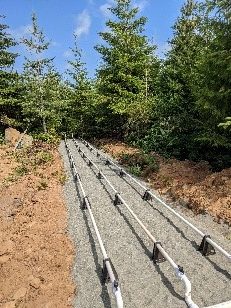
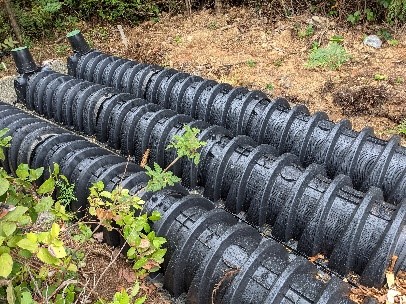
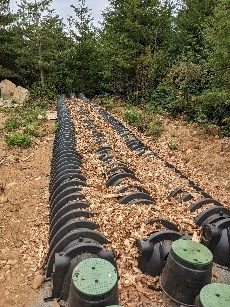
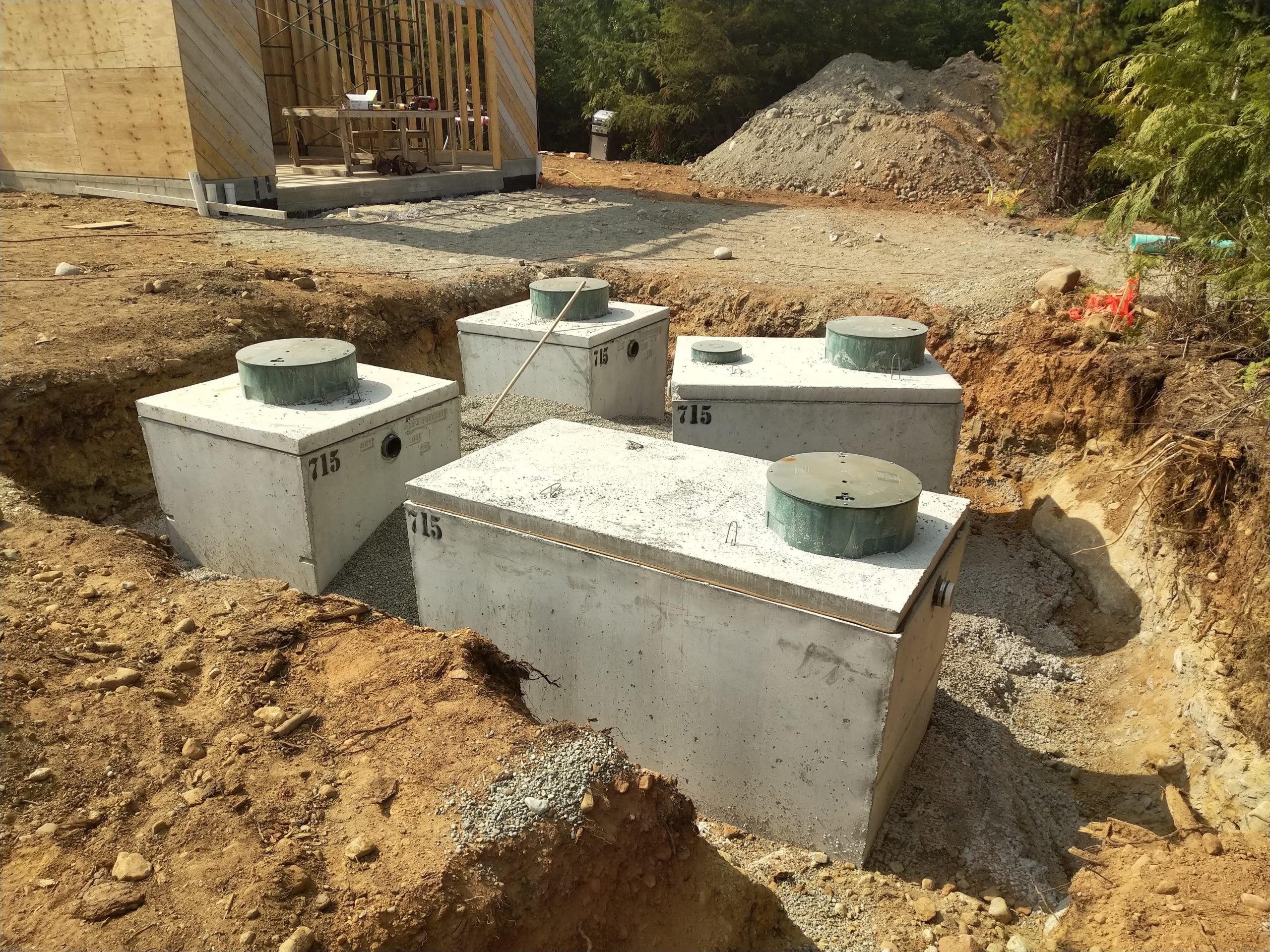
and one to process and then pump it all back to the greywater field
https://netzerowater.ca/greywater-reuse/
https://readwrite.com/could- -toilet-technology-fix-the-worlds-water-crisis/-https://www.borgenmagazine.com/compost-toilets/
https://www.gatesnotes.com/Development/Heroes-in-the-field-Dr-Shannon-Yee
